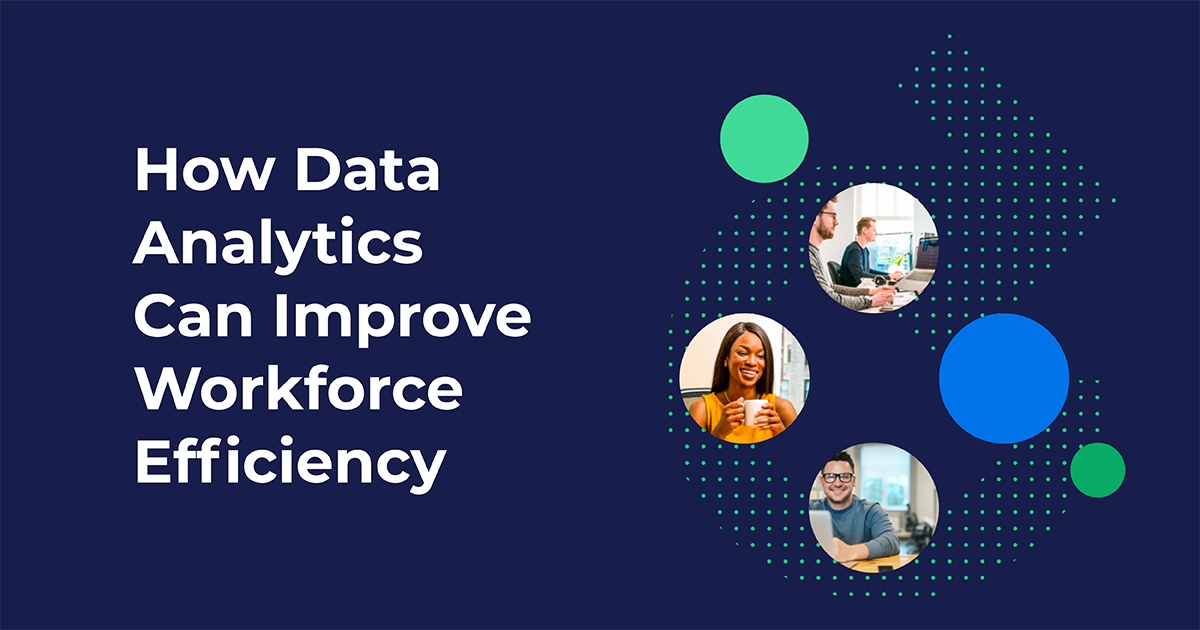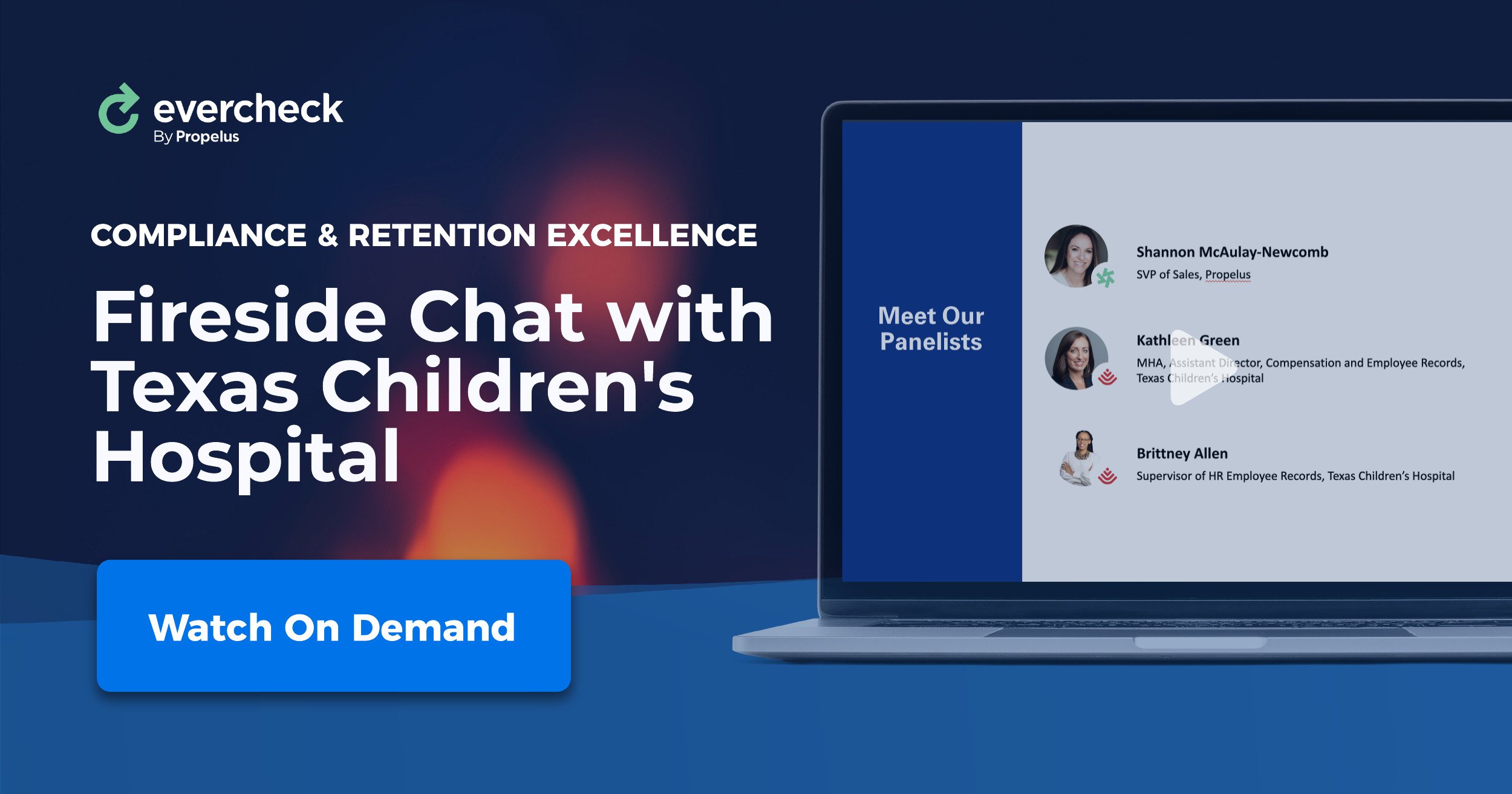
If you walked into a doctor’s office or hospital right now, you’d probably think that healthcare technology has come a long way from five or ten years ago. After all, your medical records, the sign-in process, the intake forms… it’s all digital, it’s all beautifully designed, and it all serves a purpose.
Step just a few feet further back into that office, though, and you’ll find it. Legacy technology. The kind that looks perhaps only one or two iterations ahead of 1995. The kind that materialized during the early tech boom and never managed to really evolve from there.
While new biotech, medical devices, and patient-facing technologies flourish, legacy systems tend to be fairly prolific on the back end of the healthcare space. Speak to any medical staff professional, and they’ll tell you that their credentialing software feels about as new as Betty White (although Betty might function a little better).
Legacy technology has serious staying power in all its clunky, inefficient, and outdated glory. After all, if it’s not broken, why bother fixing it?
Because legacy technology may seem harmless, but it isn’t. Here’s why you may need to rethink yours.
Good design isn’t a luxury; it’s a necessity.
As any designer will tell you, crafting a great user experience isn’t just about the aesthetic. It’s also about form and function coming together with a common goal: simple, beautiful efficiency.
That’s right: efficiency. Great design makes you more productive.
New technologies have been designed around the user experience, taking things like psychology (i.e., what are the user’s motivations?) and usability (i.e., what user errors can we prevent?) into account. With this approach, users (namely, you) don’t have to work as hard to get what they need out of the system. You are more productive because getting the job done requires less effort.
Let’s look at TurboTax as an example. Intuit, the company that owns TurboTax, recognized that consumers were spending 6 billion hours each year using software to prepare their taxes. “Anything we can do to reduce that time will be a gift,” says Intuit CEO Brad Smith. “We began to think less about the pure functionality of our software and more about the emotional payoff of reducing the drudgery and speeding the way toward a big windfall.”
New tech is designed specifically to save you time and make you more productive. Legacy tech is designed simply to get the job done, and it’s costing you precious hours in your day.
Modern technologies help you attract & retain better talent. As millennials and Gen Z continue to penetrate the workforce, employers are having to think a little differently about what they can do to attract & retain the best and brightest of the bunch.
As millennials and Gen Z continue to penetrate the workforce, employers are having to think a little differently about what they can do to attract & retain the best and brightest of the bunch.
These generations are tech-savvy, perhaps even tech-dependent. They have become accustomed to simple, sophisticated technologies. What’s more, they want to use tech to advance their personal and professional growth. In a recent Gallup poll, 87% of millennials said professional development was important in a job.
Great, you’ve got this, right? Your hospital is known for ground-breaking research, the most sophisticated cancer treatment facilities in America, etc.
Here’s a question for you: how’s your LMS? Although this isn’t a technology that your staff may have to interact with every day, it plays an integral role in something near and dear to their hearts: professional development.
If your hospital has a reputation for forward-thinking technologies in one area but runs outdated technologies in another, it’s likely causing some dissonance for your staff.
How can such a sophisticated institution operate such old and outdated learning platforms?
The point is legacy tech may be tarnishing your reputation with candidates and current staff.
Staff shouldn’t have to trudge through bad tech just because it’s “internal-only."
It’s understandable why legacy tech has such staying power. Many systems in hospitals require constant availability, the current infrastructure is too entrenched, and new systems can be costly to implement.
And after all, it’s only internal staff that will be using it. They’ll understand, right?
Patient-facing technologies have seen an upgrade in recent years because healthcare organizations understand that enhancing patient experiences can lead to increased revenues. Patients will go (aside from where they can be seen) where they will have the best experience.
Here’s the important thing to remember about non-patient-facing technologies:
It’s still humans using them.
“There’s this mindset that happens when companies consider upgrading their internal software. ‘It doesn’t matter, we can explain it to our people,’ or ‘they can suffer through a poorly designed interface,’” says Alex Lauderdale, UX Designer for EverCheck. “In reality, it’s still humans using it, and there are still productivity gains to be made with great design.”
Just like patients, employees are human. And they deserve great technology, too.
—-
So the next time your organization is faced with the conundrum of whether to update your existing legacy infrastructure or research newer alternatives, consider this:
No matter how hard you try, legacy tech won’t sustain your organization forever.
If you want to attract the brightest candidates and give your staff the tools they need to be more productive, you’ll need to consider alternative solutions. At the very least, you’ll need to discuss your changing needs with your current provider.
Aside from investing in great primary source automation technology, here are even more ways to make your license verification process more efficient.
Download EverCheck's exclusive resource: The 7 Best Practices for License Verification.



